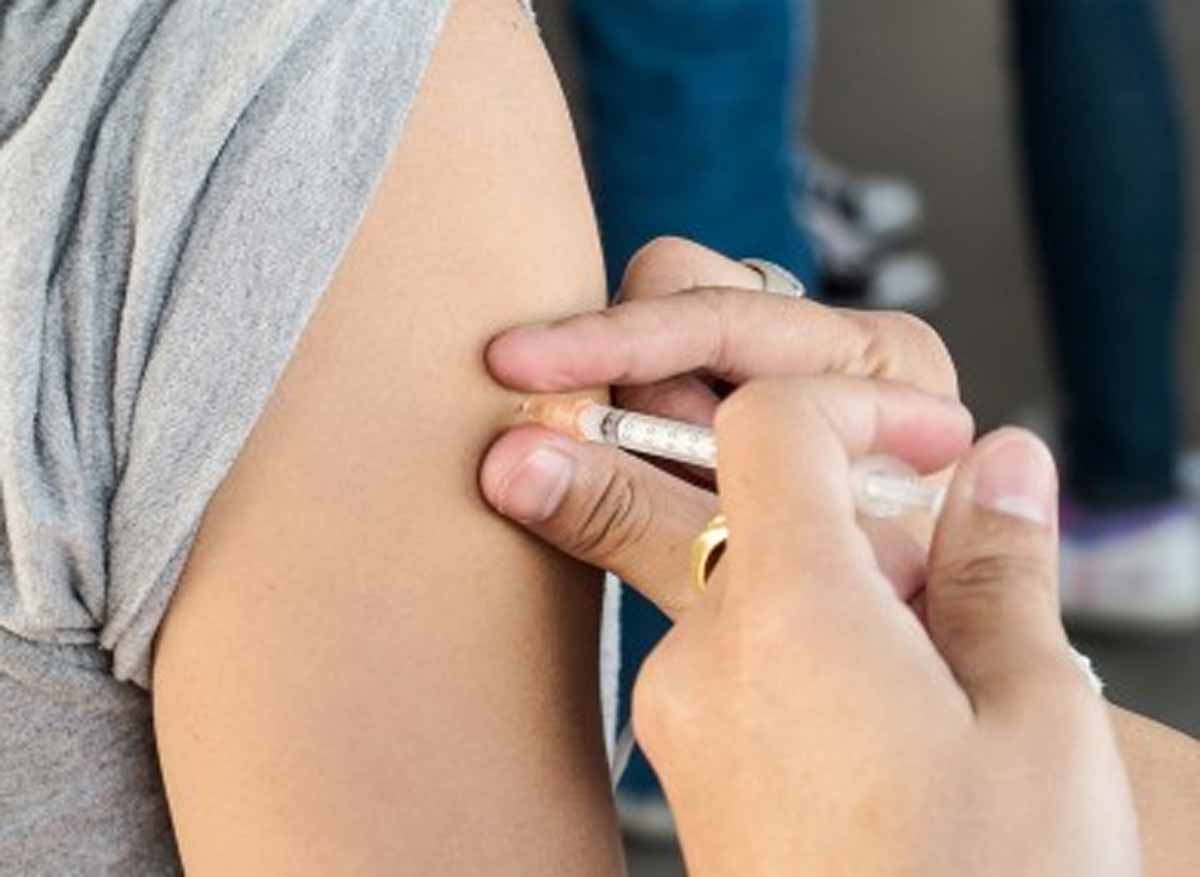- Home
- Editorial
- News
- Practice Guidelines
- Anesthesiology Guidelines
- Cancer Guidelines
- Cardiac Sciences Guidelines
- Critical Care Guidelines
- Dentistry Guidelines
- Dermatology Guidelines
- Diabetes and Endo Guidelines
- Diagnostics Guidelines
- ENT Guidelines
- Featured Practice Guidelines
- Gastroenterology Guidelines
- Geriatrics Guidelines
- Medicine Guidelines
- Nephrology Guidelines
- Neurosciences Guidelines
- Obs and Gynae Guidelines
- Ophthalmology Guidelines
- Orthopaedics Guidelines
- Paediatrics Guidelines
- Psychiatry Guidelines
- Pulmonology Guidelines
- Radiology Guidelines
- Surgery Guidelines
- Urology Guidelines
BCG potency may dramatically improve if given by intravenous route: shows study

PITTSBURGH - Tuberculosis (TB) is the leading infectious cause of death globally, yet the world's only licensed TB vaccine, Bacille Calmette-Guerin (BCG), was developed a century ago. BCG is given to infants via a needle placed just under the skin, and it protects babies from disseminated TB but is far less effective at preventing pulmonary TB. The vaccine just isn't that reliable as worldwide, more people die from tuberculosis (TB) than any other infectious disease, despite getting themselves vaccinated.
Researchers from NIH's National Institute of Allergy and Infectious Diseases (NIAID) and their colleagues have shown that intravenous TB vaccination is highly protective against the infection in monkeys, compared to the standard injection directly into the skin, which offers minimal protection. It implies that simply changing the way the vaccine is administered could dramatically boost its protective power. The study has appeared in the Journal Nature.
"The effects are amazing," said senior author JoAnne Flynn, Ph.D., professor of microbiology and molecular genetics at the Pitt Center for Vaccine Research. "When we compared the lungs of animals given the vaccine intravenously versus the standard route, we saw a 100,000-fold reduction in bacterial burden. Nine out of 10 animals showed no inflammation in their lungs."
Flynn's team tested several routes and doses of the only commercially available human TB vaccine, Bacille Calmette-Guérin (BCG), which is made of a live, weakened form of TB bacteria found in cattle.
The BCG vaccine has been around for 100 years and is among the most widely used vaccines in the world, but its efficacy varies widely.
The idea for an intravenous TB vaccination came from earlier experiments by the other senior author on the study, Robert Seder, M.D., at the NIAID's Vaccine Research Center. Seder showed in both animals and humans that the malaria vaccine is more effective when delivered intravenously.
To test whether the method of administration matters for TB, Flynn, and colleagues separated their colony of monkeys into six groups: unvaccinated, standard human injection, stronger dose but same injection route, mist, injection plus mist, and finally, the stronger dose of BCG delivered as a single shot directly into the vein.
Six months later, the researchers exposed the animals to TB and monitored them for signs of infection.
Monkeys are extremely susceptible to TB. All of the animals who received the standard human dose had persistent lung inflammation, and the average amount of TB bacteria in their lungs was only slightly less than in the monkeys who received no vaccine at all. The other injected and inhaled vaccines offered similarly modest TB protection.
The intravenous vaccine, on the other hand, offered nearly full protection. There was virtually no TB bacteria in the lungs of these animals, and only one monkey in this group developed lung inflammation.
"The reason the intravenous route is so effective," Flynn explained, "is that the vaccine travels quickly through the bloodstream to the lungs, the lymph nodes and the spleen, and it primes the T cells before it gets killed."
Flynn's team found BCG and activated T cells in the lungs of all the intravenously vaccinated animals. Among the other groups, BCG was undetectable in the lung tissue and T cell responses were relatively meagre.
Next, the researchers plan to test whether lower doses of intravenous BCG could offer the same level of protection without the side effects, which mostly consist of temporary inflammation in the lungs.
But before this method can be translated to humans, researchers need to know that it's not only safe but also practical. An intravenous vaccine requires more skill to administer and carries a higher risk of infection.
The investigators concluded that IV BCG conferred an unprecedented degree of protection in an animal model of severe TB and "represents a major step forward in the field of TB vaccine research."
"We're a long way from realizing the translational potential of this work," Flynn said. "But eventually we do hope to test in humans."
NATURE
For more details click on the link: http://dx.

Disclaimer: This site is primarily intended for healthcare professionals. Any content/information on this website does not replace the advice of medical and/or health professionals and should not be construed as medical/diagnostic advice/endorsement or prescription. Use of this site is subject to our terms of use, privacy policy, advertisement policy. © 2020 Minerva Medical Treatment Pvt Ltd